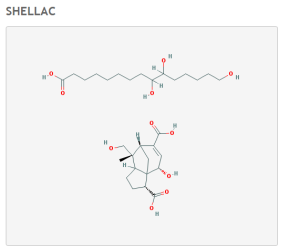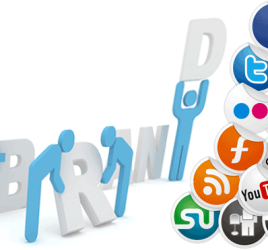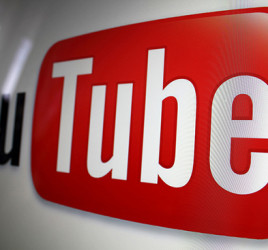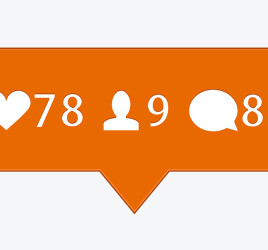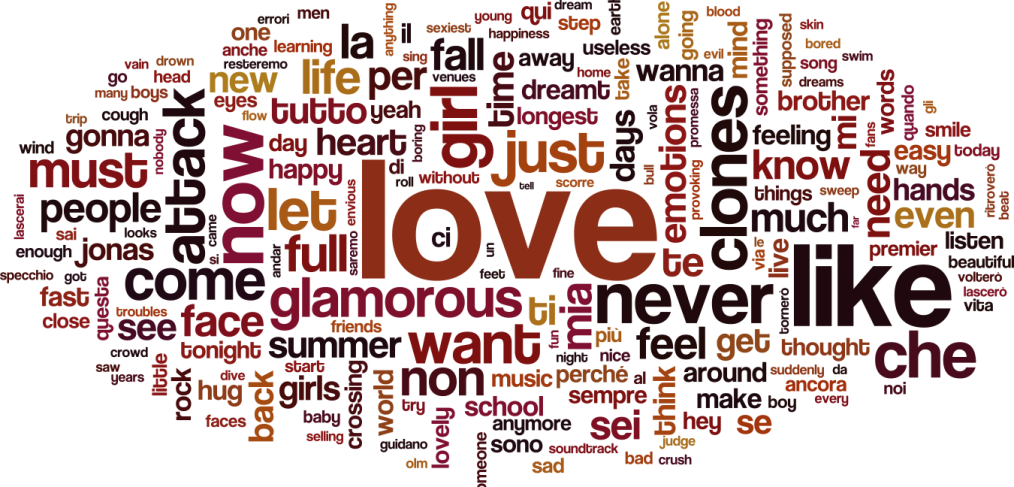
The Power of Words
Instagram. Pinterest. YouTube. The emphasis on visual and video marketing increases every day in the online world. But in this effort to keep up with the most alluring and visually appealing images and videos, a very important part of marketing often gets neglected: words.
Words are bigger than themselves. They encapsulate worlds. Words can be used to express love. They enlighten and delight. And sometimes, just four simple words – I have a dream – can change our world forever.
To illustrate the understated power of words, I’m going to share one of my recent experiences (you may question where I’m going with this, but keep reading – there’s a very valuable takeaway at the end).
[This is what happened a few days ago…]
I usually try to eat as healthy as I can. However, every girl has her guilty pleasures. For me, it’s always been KitKat. I love KitKat. And once every month (thank Eve for eating that apple), I can consume up to three whole bars. So this morning after breakfast, once my sugar cravings kicked in, I blissfully reached for my giant red bag of KitKat Bites (a slightly healthier alternative to ensure portion control).
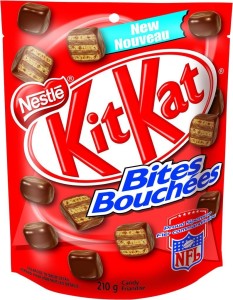 Just for curiosity’s sake, I decided to turn it around and read the ingredients. Expecting something considered “standard unhealthy” like sugar listed before anything else – something horrific caught my eye. An ingredient called Shellac. Shellac? Isn’t that the stuff they use at nail salons? Those extra durable manicures that are guaranteed to be chip-free for 14 days? Question is, WHAT is it doing in my KitKat bites?
Just for curiosity’s sake, I decided to turn it around and read the ingredients. Expecting something considered “standard unhealthy” like sugar listed before anything else – something horrific caught my eye. An ingredient called Shellac. Shellac? Isn’t that the stuff they use at nail salons? Those extra durable manicures that are guaranteed to be chip-free for 14 days? Question is, WHAT is it doing in my KitKat bites?
Quickly shoving the KitKat bag aside, I pulled out my computer (Google can be your best friend in moments of crisis like these). I was shocked. I read tons of articles that described Shellac as one of the ‘grossest’ ingredients used in foods. This is some of the research I came across:
Derived from the excretions of the Kerria Lacca insect, most commonly found in the forests of Thailand, Shellac is not just used in manicures at nail salons, but is also used as a finish for wood, guitars, and even AK-47s to give them a shiny texture. But what’s disgusting is that it’s also commonly used as a food additive. It is used in jelly beans and candy. It’s used in M&M’s and chocolate bars. And you know those shiny pears and apples you see down the aisles of the grocery store? Yup. Those have been coated with Shellac as well.
By now, I’ve probably convinced you to never pick up a KitKat bar again, right? Some of you may be considering only buying your fruits from the Farmer’s Market or growing apples in your own yard.
But hold on a second.
[Let’s rewind back to my search on Google. Before I went on my Food-Babe and Dr. Oz-inspired health revelation]
Here is shellac described through different words:
You see, deciphering food labels is a tricky business – and that’s something a lot of “experts” have recently leveraged as a means of monetization through their words. Deductive reasoning tells us that just because an ingredient is associated with coating wood, manufactured items – and even nail salons, doesn’t mean it’s necessarily bad for you. Shellac is actually a resin secreted by Kerria Lacca, an insect found mostly in Thailand. It’s produced through a process similar to how bees make honey. It is then scraped from the bark of trees. When it is dissolved in ethanol (a type of alcohol), it creates liquid shellac – a natural brush-on colorant to give foods and products a shiny glaze.
And here is the best part – I came across an article on ABC News that warned people that shellac is used on organic produce. But wait. For those of us who have studied organic chemistry, we know that shellac itself is an organic compound!
See how I used two different sets of words to influence you to trigger two different perspectives?
This is the essence of marketing. Of copywriting.
You see, more than anything, words have the power to persuade. They have the power to paint pictures and influence people to adopt an opinion, a belief, or even a conviction. What kind of picture are you painting with your words about yourself? Your products? Your business?
Through your words, are you pulling customers towards your business or pushing them away?
Research suggests that content is the present and future of marketing. And the companies who know how to use words to win over customers with their content will have a significant competitive advantage.
- Bio
- Latest Posts

